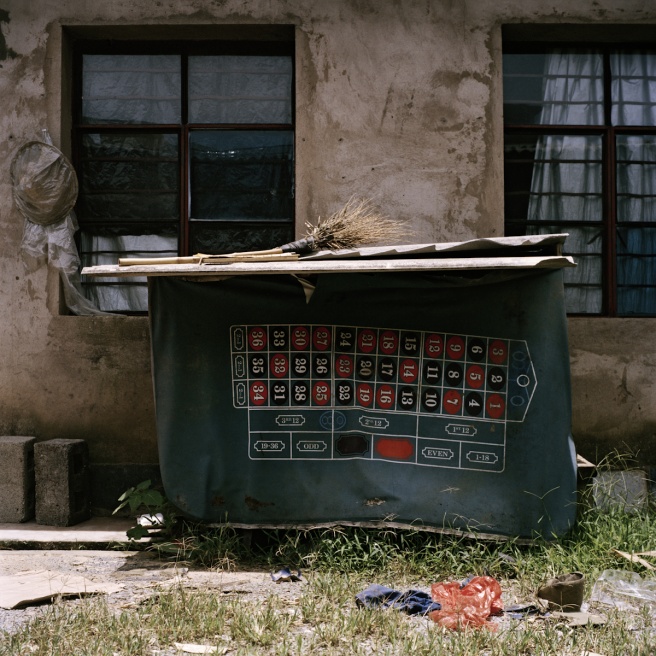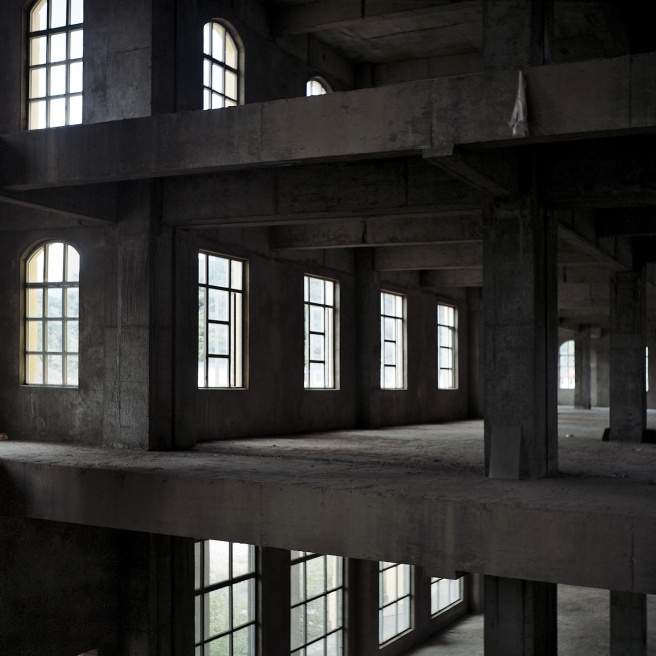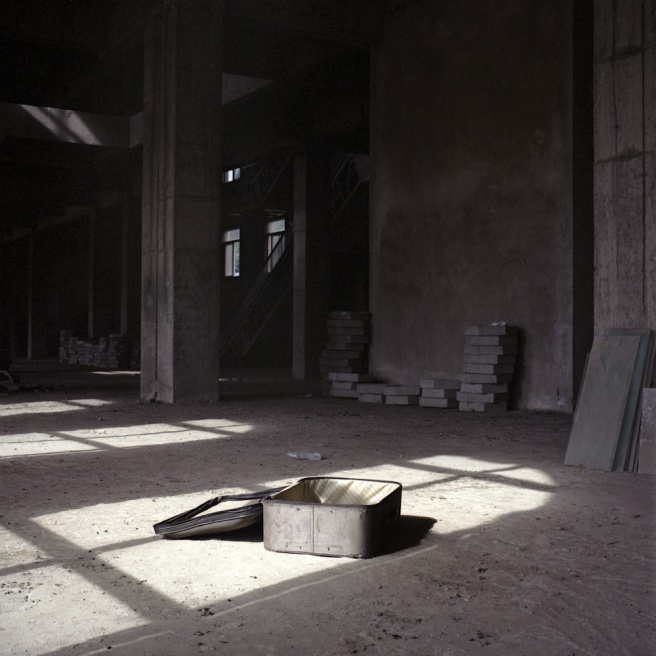These images are part of the result of my ongoing fascination with the model of development in Southeast Asia. In the closely knitted community of Southeast Asia, less developed countries often look towards their more affluent neighbours for financial and developmental aid. By documenting phenomenon of this interconectivity, I am interested in creating loose and often ironic narratives around themes of power, identity and sovereign.
China is well known for exporting its mass produced goods for global consumption. Less well known is its attempt to export its mass produced urban ideology. Across China’s southern borders with Laos and Myanmar, there are several settlements built by Chinese developers, operating businesses owned and run by Chinese. This series is the story of one such settlement at Boten, a town located in Northern Laos by the Chinese border.
Under the special economic zone scheme, Laos signed a 30-year lease on 1640 hectare of land to a Chinese development company. Chinese investors started building the Golden City that centered on an integrated casino-hotel. Touted as a futuristic hub for trade and tourism, the Golden City ran on Peking time and made transactions in Chinese Yuan. Less than 3 years into its operation, the casino was forced to close down due to speculation over criminal activity. Without the gambling activity, other businesses could not survive. The Golden City, deserted as it is today, remains a momument to the Chinese version of urban modernity matched by no other place in Laos.




















